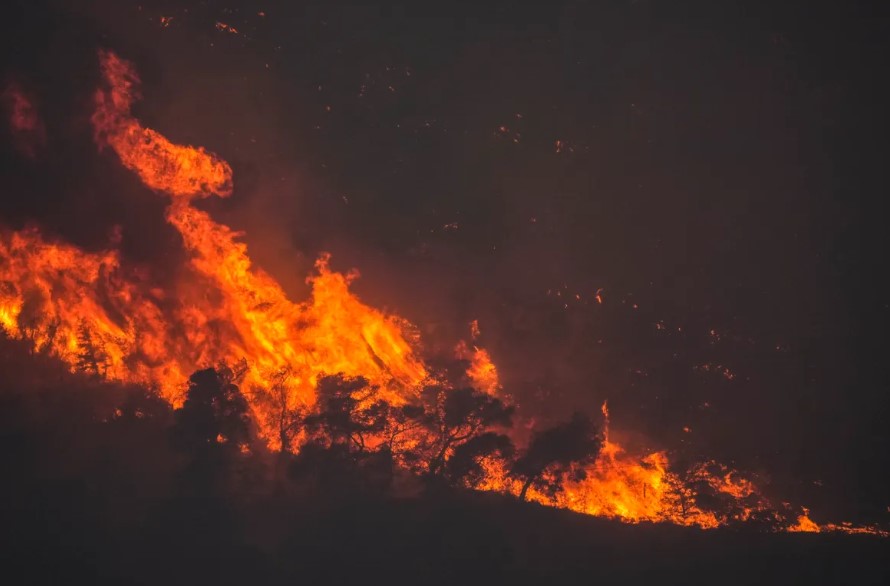A relentless heatwave sweeping across southern Europe is set to push temperatures near record highs on Tuesday. Emergency crews in Spain, Greece, and the Swiss Alps are struggling to contain wildfires fueled by the extreme heat.
Italy, Spain, and Greece are forecasted to experience temperatures soaring above 40 degrees Celsius (104 Fahrenheit) as a second summer heatwave, dubbed “Charon” after the mythical Greek ferryman to the underworld, blankets the region.
Following the recent “Cerberus” heatwave, Italy remains scorched, with Sardinia and Sicily potentially reaching around 46 degrees Celsius on Tuesday, according to Meteo. it.
Europe’s highest recorded temperature, 48.8 degrees Celsius, was noted near Syracuse, Sicily, in August 2021. The World Meteorological Organization anticipates this record could be broken as the heatwave intensifies.
This heatwave follows the planet’s hottest day ever recorded earlier this month, occurring for the third time in just four days. Recently, temperatures in both the U.S. and China have exceeded 50 degrees Celsius.
In Rome, pedestrians are seen braving the heatwave under a pharmacy’s sign displaying the temperature near the Spanish Steps on July 17, 2023.
Climate scientists emphasize the urgent need to reduce greenhouse gas emissions to mitigate the increasing frequency of such extreme heat events. Researchers highlight that the current climate emergency significantly raises the likelihood of heatwaves like the one currently gripping Europe.

“The bubble of hot air over southern Europe has turned Italy and neighboring countries into a giant pizza oven,” stated Hannah Cloke, a natural hazards researcher at the University of Reading, U.K. She explained that hot air from Africa is trapped due to high pressure, causing temperatures to rise.
Cloke pointed out that today’s extreme weather, including sea-level rise, melting ice, heatwaves, intense rainfall, wildfires, droughts, and floods, is occurring simultaneously worldwide. Unlike previous heatwaves, such as Britain’s hot summer of 1976, these events now affect multiple regions concurrently.
Wildfires have prompted Italian officials to issue red alerts for extreme heat in 20 cities. In Spain, temperatures are expected to hit 44 degrees Celsius in regions like Mallorca, Aragon, and Catalonia. The Canary Island of La Palma continues to battle uncontrolled wildfires, with over 4,000 people evacuated.
In Greece, wildfires driven by strong winds have ravaged coastal towns near Athens, forcing evacuations in Kouvaras and Loutraki. Meanwhile, Swiss authorities have evacuated several mountain villages due to a spreading forest fire, with around 150 firefighters working to contain it.
“This is just the beginning. This is what the climate system can do at just 1.2 degrees Celsius warming,” warned Simon Lewis, a Global Change Science professor at University College London. He stressed that current global policies could lead to 2.7 degrees Celsius warming by 2100, calling it “truly terrifying.”
Lewis referred to a significant U.N. report that urged immediate, deep, and sustained cuts in greenhouse gas emissions to avert a dire future, emphasizing that delaying action will close the window for a livable future.

